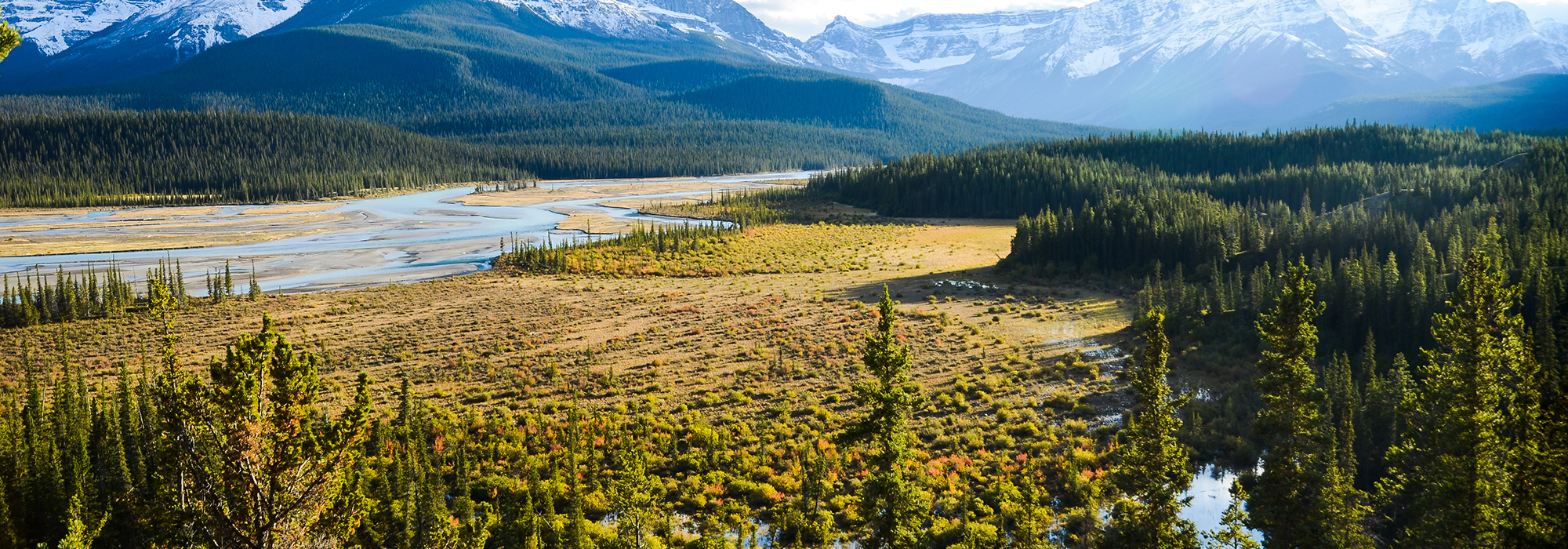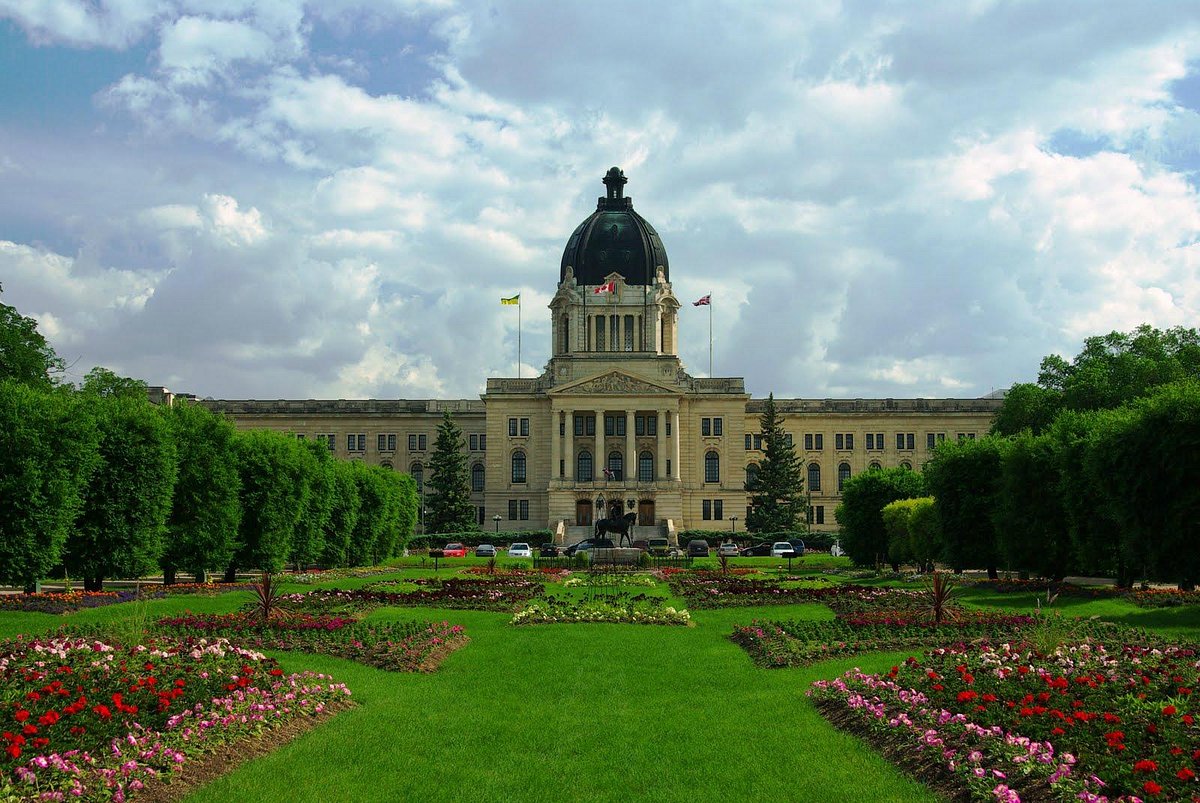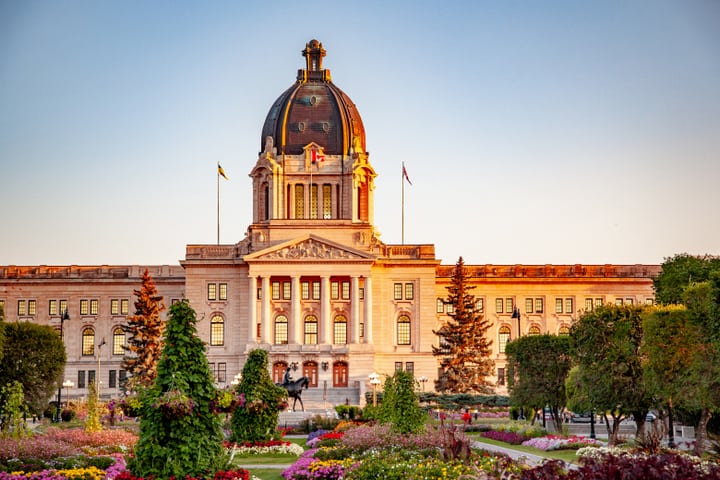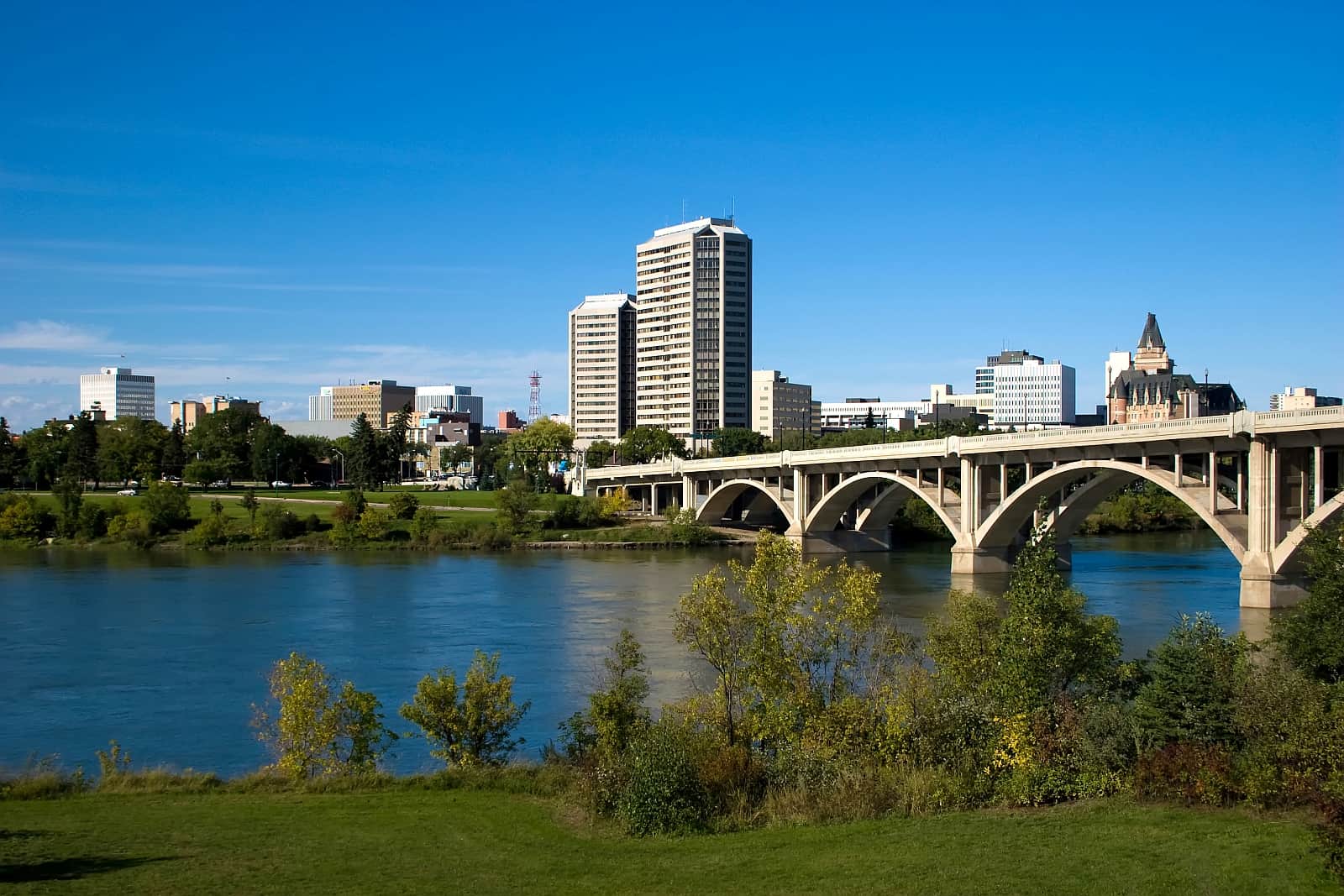

with heats not breaking 17 C (1 F) for weeks at a time. Warm chinook winds often blow from the west, bringing periods of moderate weather condition. Annual precipitation averages 30 to 45 centimetres (12 to 18 inches) throughout the province, with the bulk of rain falling in June, July, and August.

In 2012, 33 tornadoes were reported in the province. This Is Cool happened in June 1912 when 28 individuals passed away in an F4 Fujita scale twister. Extreme and non-severe thunderstorm events happen in Saskatchewan, typically from early spring to late summertime. Hail, strong winds and isolated twisters are a common incident.

The coldest ever recorded in the province was 56. 7 C (70. 1 F) in Prince Albert, which is north of Saskatoon. Environment modification [edit] The impacts of climate modification in Saskatchewan are now being observed in parts of the province. There is evidence of decrease of biomass in Saskatchewan's boreal forests (similar to those of other Canadian meadow provinces) is connected by researchers to drought-related water stress, stemming from global warming, more than likely brought on by greenhouse gas emissions.

Resiliency of communities might decline with large changes in temperature. The provincial federal government has reacted to the risk of climate change by presenting a strategy to reduce carbon emissions, "The Saskatchewan Energy and Environment Change Plan", in June 2007. History [modify] Henry Kelsey observing a herd of bison on the western plains.
Saskatchewan has actually been populated by different native peoples of The United States and Canada, consisting of members of the Sarcee, Niitsitapi, Atsina, Cree, Saulteaux, Assiniboine (Nakoda), Lakota and Sioux. The very first recognized European to get in Saskatchewan was Henry Kelsey in 1690, who took a trip up the Saskatchewan River in hopes of trading fur with the area's native peoples.
The first permanent European settlement was a Hudson's Bay Company post at Cumberland Home, established in 1774 by Samuel Hearne. The southern part of the province became part of Spanish Louisiana from 1762 up until 1802. 19th century [modify] In 1803, the Louisiana Purchase transferred from France to the United States part of what is now Alberta and Saskatchewan.